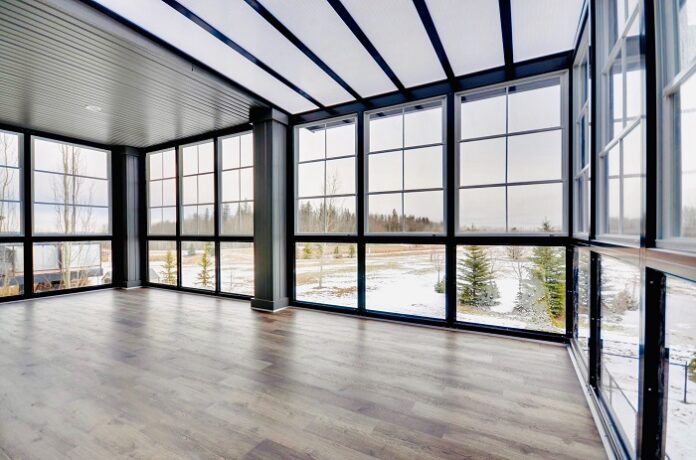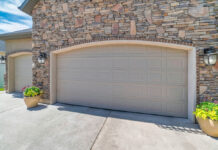If you have thought about laminate flooring as well as vinyl flooring for your home, you aren’t alone. The two have a lot of similarities, and it can be a tough choice between them. Both come with their own advantages. Here’s what you need to know before deciding to install laminate or vinyl flooring in your home.
Laminate Flooring
Laminate flooring has long been a way to mimic the look of hardwood flooring. Every plank of this material has a core that is a high-density fiberboard made from actual wood. For this reason, there are fewer synthetics in the manufacturing of it, making it a better choice environmentally. This material has water-resistant qualities, but it is not waterproof. Walking on this material is comfortable because of its 6mm to 12mm average thickness. This comfort makes it great for use in hallways and other areas that get a lot of foot traffic. It also tends to look higher-end once it’s installed.
Vinyl Flooring
There are a number of different types of vinyl flooring that can be installed. These include sheet vinyl, luxury vinyl plank, wood-plastic composite, luxury vinyl tile, and stone-plastic composite. All of these types are highly waterproof, and all have a core that is made from synthetic materials.
Like laminate flooring, this flooring is generally made to look like other, more expensive flooring options like tile and hardwood. Because they are waterproof, these are perfect to have in wet rooms like bathrooms, laundry rooms, and kitchens. The many types of vinyl flooring come in varying thicknesses and with varying levels of resiliency. The lower end types are harder and stiffer while the higher-end includes resilient, comfortable examples.
Laminate Flooring and Vinyl Flooring Similarities
While these two flooring types are constructed differently, they have a lot in common. They tend to be very similar in price, which can make it even harder to make the choice between them. They also both come in a wide range of colors and patterns, making it possible to find just the one that will go perfectly with your wall and cabinet colors. There are varying levels of quality in each of these categories with the better-quality flooring priced higher.
Both of these flooring types are made from a surface layer on the top to protect it against stains and scratches, a photographic layer below that, and a backing layer that stabilizes it. That means that both of these will wear relatively well and will be there for years to come.
If you’re still unsure which one would look best in your homes, it’s a good idea to borrow a few samples from a local flooring store so that you can try them both. Visit Angi (formerly Angie’s List) to find top-rated flooring companies in your area.
Find a Home-Based Business to Start-Up >>> Hundreds of Business Listings.
















































